3D Animation Workshop: Lesson 61: Modeling and Animating
|
|
Lesson 61 - Modeling and Animating - Part 1
In the past four lessons we've been working on a boned character for animation, using Lightwave. I want to stress again that, except where specifically noted, the issues are the same in all applications. In this lesson, let's focus on the very close relationship between modeling and animation in character work.
Character animation means constantly jumping back and forth between modeling and animating. You model a character and then test it with your animation tools. Almost certainly, you'll find things that need more modeling attention, so its back to the model. After editing the model, some new problem will suddenly appear in animation. So it's back and forth, again and again. Let's see a little of how the process works.
The very simple character we've been working with doesn't have defined shoulders. So when his arms are brought down to his side, the "flesh" doesn't fold in a convincing way.
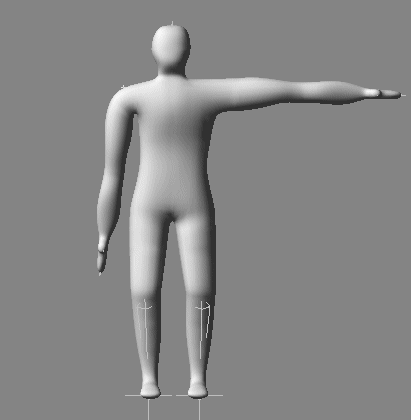
A wireframe view of the model shows the arms simply sticking straight out from the torso.
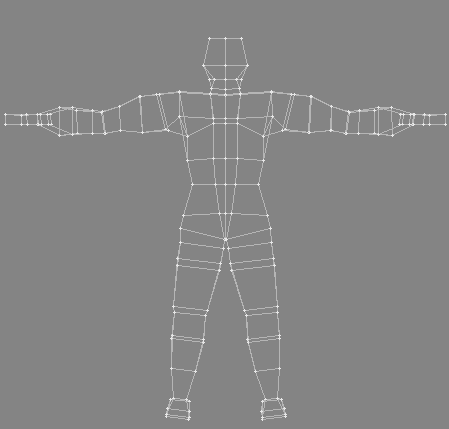
I cut the model in half, cut off the arm, and rebuilt it creating a shoulder. The arm now extends directly down from the extruded shoulder region. Notice how, even in this early state, the mesh from the upper arm is actually penetrating into the chest. This seems peculiar at first, and certainly makes the wireframe difficult to read. But polygonal smoothing tools, whether MetaNurbs in Lightwave or MeshSmooth in MAX (or any other program) respond very well to this kind of interpenetrating mesh. This is the basic method for creating folds in flesh in polygonal modeling.
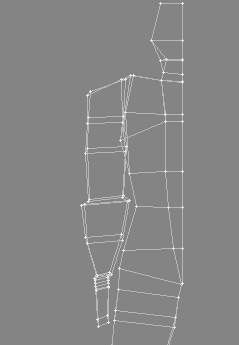
With a little more work moving points around, I rounded the shoulder and made the penetration of the upper arm into the body even more extreme. But the smoothed version shows how effectively this technique works.
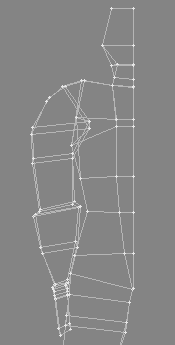
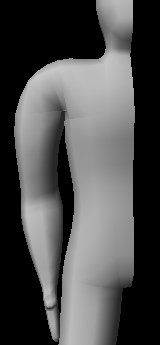
| To Continue to Parts 2 and 3, Use Arrow Buttons |
|
Created: Mar. 1, 1999
Revised: Mar. 1, 1999
URL: https://webreference.com/3d/lesson61/


 Find a programming school near you
Find a programming school near you